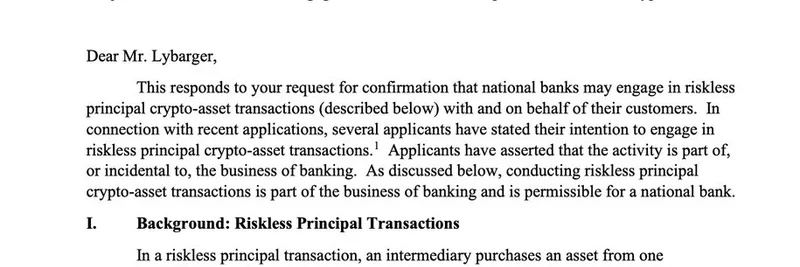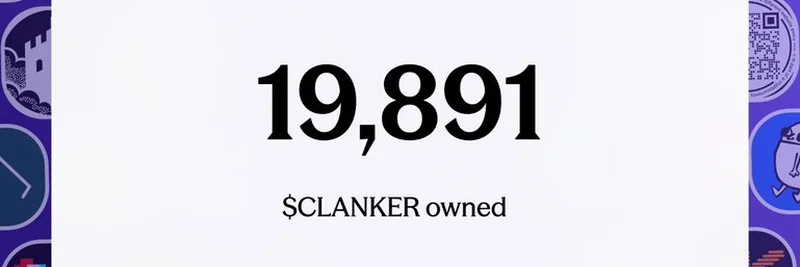In the fast-paced world of blockchain and meme tokens, fundraising mechanisms are constantly evolving. A recent tweet from Proph3t, co-founder of MetaDAO, has sparked fresh discussion on what might be the most effective way to handle DAO raises. He suggests revisiting the original model used by daos.fun, where founders handpick participants, but with a twist to improve user experience (UX).
Understanding the Tweet's Core Idea
Proph3t's post highlights a key frustration with early DAO platforms: mandatory Twitter sign-ins. "I think the original daos fun model of having founders select participants may actually be the best raise mechanism," he wrote, adding that making Twitter integration optional could smooth out the process. This comes as a nod to daos.fun, a Solana-based platform that's become a go-to for creating investment DAOs focused on meme coins and hedge fund-like strategies.
For those new to the space, a DAO—or Decentralized Autonomous Organization—is essentially a community-run entity on the blockchain where decisions are made collectively via token voting. Fundraising in DAOs often involves raising capital from participants who buy into the project's tokens. Platforms like daos.fun simplify this by allowing creators to set up funds, attract investors, and manage investments in trendy assets like meme tokens.
Proph3t's shoutout to daos.fun's founder, @baoskee, underscores a shift in thinking. Early models let founders curate who joins the raise, potentially ensuring higher-quality participants and reducing bots or low-engagement users. But the required social media login was a barrier—imagine having to link your Twitter just to peek at opportunities. By making it optional, projects could broaden appeal without sacrificing control.
Why This Matters for Meme Token Enthusiasts
Meme tokens thrive on hype, community, and quick liquidity. In this context, a founder-selected model could filter for committed investors, leading to more stable post-raise performance. Think about it: instead of a free-for-all where anyone can dump tokens immediately, curating participants might foster a tighter-knit group that's in it for the long haul.
Replies to the tweet reveal a split in opinions. Some, like @airtightfish from Drift, push back, advocating for "blind close time" mechanisms—essentially timed raises without pre-selection—to promote fairness. Others worry about cabals forming, where insiders get preferential treatment. Yet, proponents argue that Twitter connections add legitimacy, flaunting big names to draw eyes and acting as a bot deterrent.
For blockchain practitioners diving into meme tokens, this debate highlights a trade-off: accessibility versus quality. Platforms like daos.fun have already iterated, deprecating features like DAO expiration dates to make things more user-friendly. If Proph3t's idea gains traction, we might see hybrid models where optional social logins pair with founder curation, balancing inclusivity with vetted participation.
Broader Implications for Blockchain Fundraising
Looking ahead, this could reshape how meme token projects launch on Solana and beyond. With daos.fun backed by heavyweights like Alliance DAO and catching eyes from VCs such as Marc Andreessen, innovations here often ripple out. For instance, integrating AI tools for fund management—as daos.fun does—could complement curated raises by automating participant vetting.
If you're building or investing in meme tokens, keep an eye on these mechanics. They not only affect initial raises but also long-term governance and token stability. Proph3t's perspective reminds us that sometimes, going back to basics with a modern UX tweak is the smartest move in crypto's wild west.
What do you think—should founders have more say in who joins their DAO raises? Drop your thoughts in the comments or check out the original thread on X.



